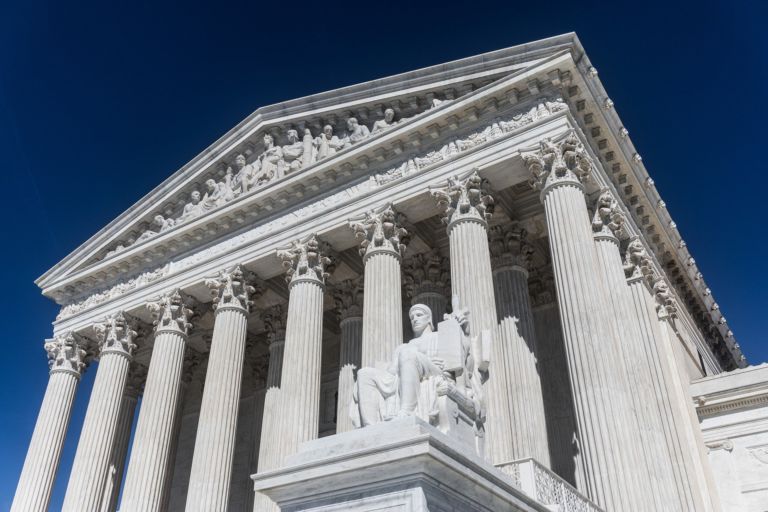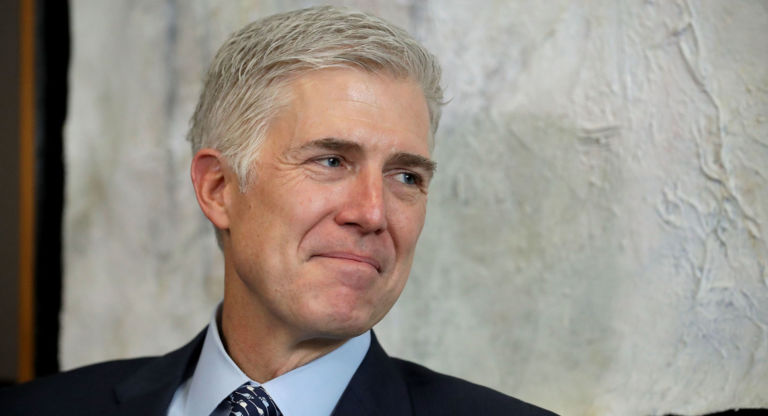Margot Cleveland writes for the Federalist about a lawsuit that presents an excellent opportunity for Second Amendment supporters on the U.S, Supreme Court.
Illinois’ recently enacted ban on most semi-automatic rifles and so-called “high-capacity” magazines violates the Second Amendment, according to a lawsuit filed on Tuesday in a federal district court. The case, Harrel v. Raoul, represents one of the first challenges to so-called “assault-weapons” bans since the 2022 Supreme Court decision in New York State Rifle v. Bruen made clear that the right to bear arms is not “a second-class right.” …
… A group of individuals, gun businesses, and private organizations, including the Second Amendment Foundation, the Illinois State Rifle Association, and the Firearms Policy Coalition, filed suit on Tuesday against the Illinois attorney general, as well as several state prosecutors and law enforcement agents, arguing the statute violates the Second Amendment. On Wednesday, the case was assigned to federal Judge Stephen P. McGlynn, a Donald Trump appointee.
The lead attorney for the plaintiffs, David G. Sigale, told The Federalist he anticipates seeking a temporary restraining order or preliminary injunction “very soon,” noting that the statute has been in force since the governor signed the law on Jan. 10.
In seeking a temporary restraining order or a preliminary injunction, the plaintiffs will need to establish they have “a likelihood of success on the merits,” meaning they will likely prevail on their claim that the Illinois law violates the Second Amendment.
While several federal appellate courts have held that similar bans on so-called assault weapons are constitutional, in June of 2022, the U.S. Supreme Court in Bruen held that in judging whether a challenged statute violates the Second Amendment, the appellate courts have been applying an incorrect legal standard. The Supreme Court then declared that the proper test for assessing whether a law impermissibly infringes on an individual’s Second Amendment right is whether the government can “affirmatively prove that its firearms regulation is part of the historical tradition that delimits the outer bounds of the right to keep and bear arms.”


